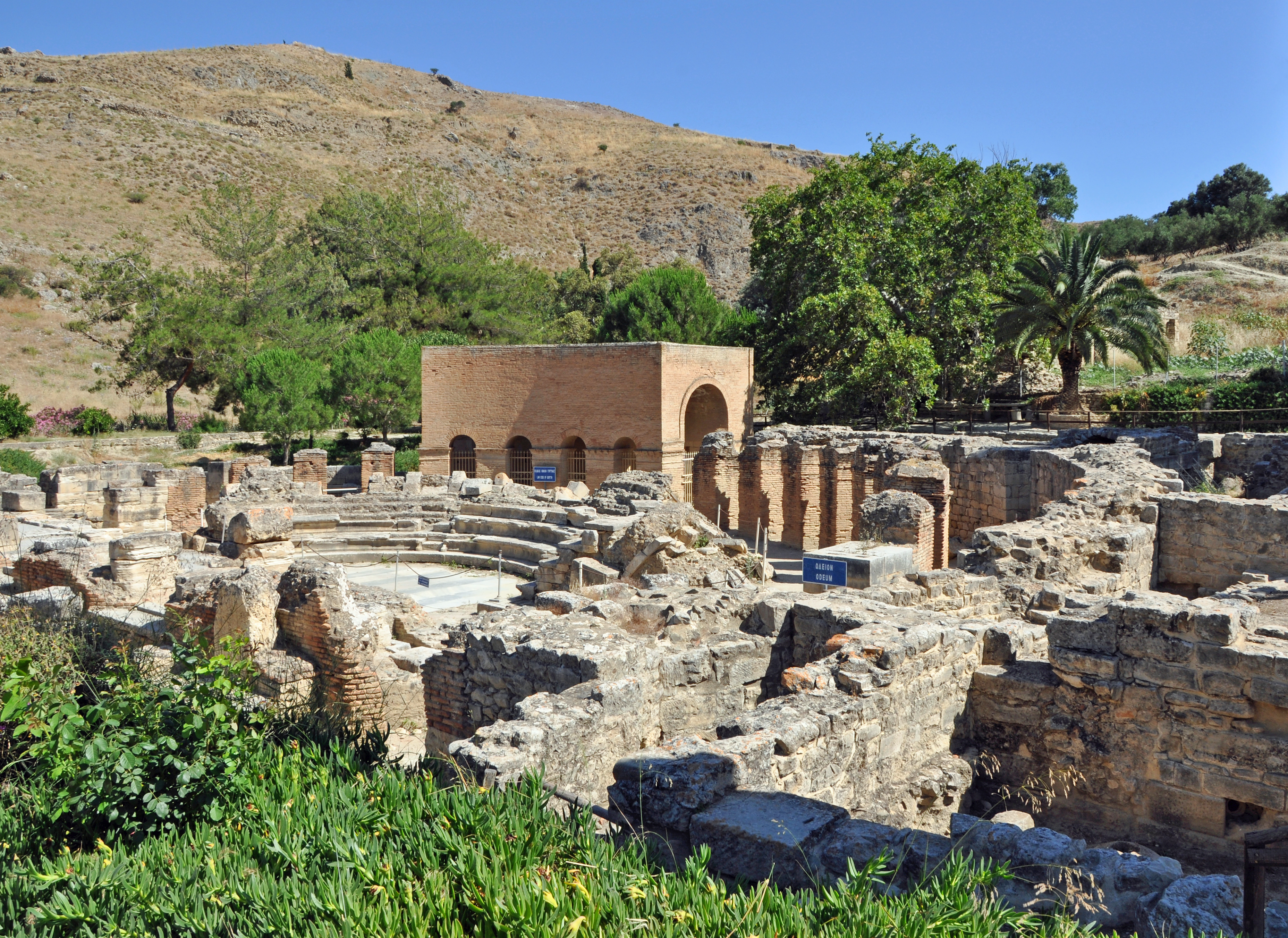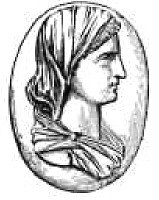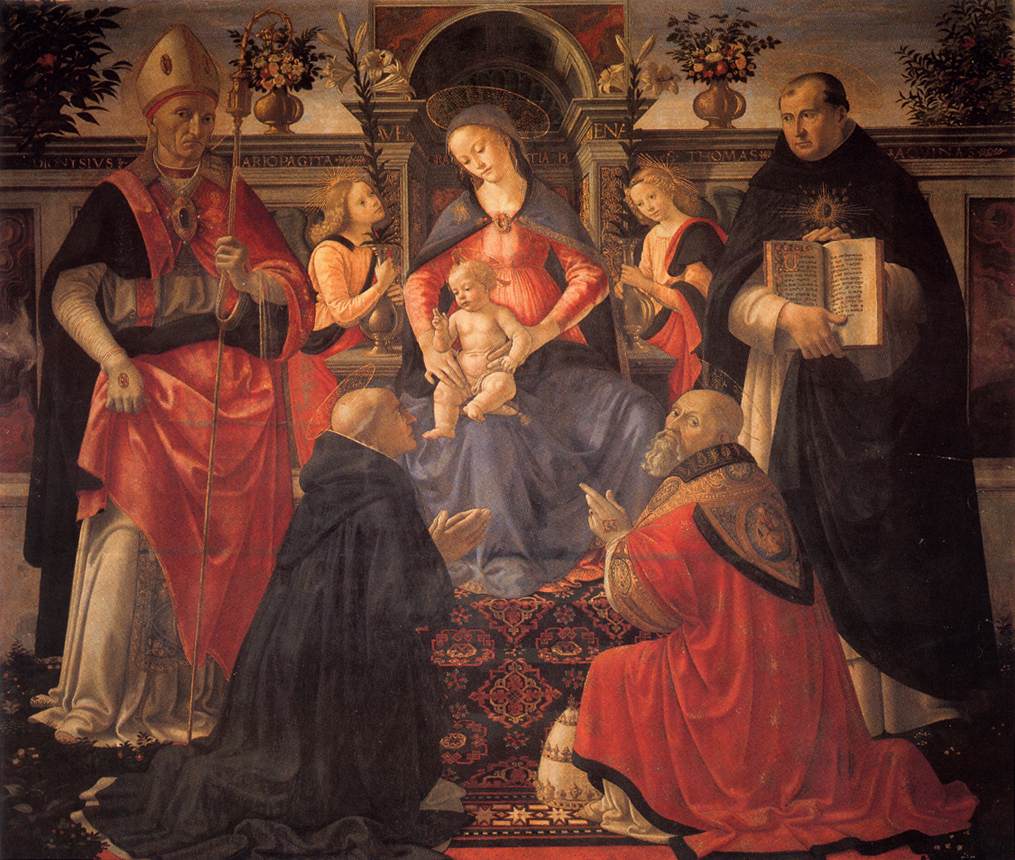|
Dionysius, Bishop Of Corinth
Dionysius of Corinth, ( Greek: Διονύσιος ό Κορίνθιος) also known as Saint Dionysius, was the bishop of Corinth circa AD 171. His feast day is commemorated on April 8. Date The date is established by the fact that he wrote to Pope Soter. Eusebius in his ''Chronicle'' placed his "floruit" in the eleventh year of the Emperor Marcus Aurelius (171). When Hegesippus was at Corinth in the time of Pope Anicetus, Primus was bishop (about 150–5), while Bacchylus was Bishop of Corinth at the time of the Paschal controversy (about 190–8). Dionysius is only known to us through Eusebius. Eusebius knew a collection of seven of the ''Catholic Letters to the Churches'' of Dionysius, together with a letter to him from Pinytus, Bishop of Knossos, and a private letter of spiritual advice to a lady named Chrysophora. [...More Info...] [...Related Items...] OR: [Wikipedia] [Google] [Baidu] |
Saint
In Christianity, Christian belief, a saint is a person who is recognized as having an exceptional degree of sanctification in Christianity, holiness, imitation of God, likeness, or closeness to God in Christianity, God. However, the use of the term ''saint'' depends on the context and Christian denomination, denomination. In Anglican Communion, Anglican, Oriental Orthodox, and Lutheranism, Lutheran doctrine, all of their faithful deceased in Heaven are considered to be saints, but a selected few are considered worthy of greater honor or emulation. Official Ecclesiastical polity, ecclesiastical recognition, and veneration, is conferred on some denominational saints through the process of canonization in the Catholic Church or glorification in the Eastern Orthodox Church after their approval. In many Protestant denominations, and following from Pauline usage, ''saint'' refers broadly to any holy Christian, without special recognition or selection. While the English word ''saint'' ... [...More Info...] [...Related Items...] OR: [Wikipedia] [Google] [Baidu] |
Pinytus
Saint Pinytus (), a Greek by birth, was Bishop of Knossos in Crete in the late 2nd century. Not much is known about his life but it is known that Pinytus was looked up to by Eusebius of Caesarea, who said that he was one of the foremost ecclesiastical writers of his time. Pinytus was in constant contact with Dionysius of Corinth Dionysius of Corinth, (Greek: Διονύσιος ό Κορίνθιος) also known as Saint Dionysius, was the bishop of Corinth circa AD 171. His feast day is commemorated on April 8. Date The date is established by the fact that he wrote to P ... and it seemed the two had disagreements. Dionysius, it appears, wrote to the Pinytus asking him not to impose too strict a yoke of chastity upon his brethren and to keep in mind the weakness of the average people. But Pinytus was unmoved by this counsel and replied that Dionysius might impart stronger doctrine(what Pinytus calls "Solid food") and feed his congregation with a more perfect epistle inasmuch as ... [...More Info...] [...Related Items...] OR: [Wikipedia] [Google] [Baidu] |
Celibacy
Celibacy (from Latin ''caelibatus'') is the state of voluntarily being unmarried, sexually abstinent, or both. It is often in association with the role of a religious official or devotee. In its narrow sense, the term ''celibacy'' is applied only to those for whom the unmarried state is the result of a sacred vow, act of renunciation, or religious conviction. In a wider sense, it is commonly understood to only mean abstinence from sexual activity. Celibacy has existed in one form or another throughout history, in virtually all the major religions of the world, and views on it have varied. Classical Hindu culture encouraged asceticism and celibacy in the later stages of life, after one has met one's societal obligations. Jainism, on the other hand, preached complete celibacy even for young monks and considered celibacy to be an essential behavior to attain moksha. Buddhism is similar to Jainism in this respect. There were, however, significant cultural differences in the va ... [...More Info...] [...Related Items...] OR: [Wikipedia] [Google] [Baidu] |
Diocese Of Pontus
The Diocese of Pontus (, ) was a diocese of the later Roman Empire, incorporating the provinces of northern and northeastern Asia Minor up to the border with the Sassanid Empire in Armenia. The diocese was established after the reforms of Diocletian, and its '' vicarius'', headquartered at Amaseia, was subordinate to the Praetorian prefecture of the East. Its military forces, facing the Sassanid threat, were commanded by the ''dux Ponti et Armeniae'' until the middle of the 5th century, and by two separate ''duces'' afterwards, until Justinian I instituted a new ''magister militum per Armeniam'' for the Armenian frontier. Justinian's reforms also abolished the diocese in 535, and its vicar was made into the governor of Galatia I. The results however were not satisfactory, and the diocese was reestablished in 548, continuing to function until replaced by the ''themata'' of Armeniakon and Opsikion in the later 7th century. On the north east shore of the Black Sea, the cities Nit ... [...More Info...] [...Related Items...] OR: [Wikipedia] [Google] [Baidu] |
Amasra
Amasra (from Greek language, Greek Amastris Ἄμαστρις, ''gen''. Ἀμάστριδος) is a small Black Sea port town in the Bartın Province, Turkey. It is the seat of Amasra District.İlçe Belediyesi Turkey Civil Administration Departments Inventory. Retrieved 30 January 2023. Its population is 6,098 (2021). [...More Info...] [...Related Items...] OR: [Wikipedia] [Google] [Baidu] |
Crete
Crete ( ; , Modern Greek, Modern: , Ancient Greek, Ancient: ) is the largest and most populous of the Greek islands, the List of islands by area, 88th largest island in the world and the List of islands in the Mediterranean#By area, fifth largest island in the Mediterranean Sea, after Sicily, Sardinia, Cyprus, and Corsica. Crete is located about south of the Peloponnese, and about southwest of Anatolia. Crete has an area of and a coastline of 1,046 km (650 mi). It bounds the southern border of the Aegean Sea, with the Sea of Crete (or North Cretan Sea) to the north and the Libyan Sea (or South Cretan Sea) to the south. Crete covers 260 km from west to east but is narrow from north to south, spanning three longitudes but only half a latitude. Crete and a number of islands and islets that surround it constitute the Region of Crete (), which is the southernmost of the 13 Modern regions of Greece, top-level administrative units of Greece, and the fifth most popu ... [...More Info...] [...Related Items...] OR: [Wikipedia] [Google] [Baidu] |
Gortyna
Gortyna (; also known as Gortyn (Γορτύν)) was a town of ancient Crete which appears in the Homeric poems under the form of Γορτύν; but afterwards became usually Gortyna (Γόρτυνα). According to Stephanus of Byzantium it was originally called Larissa (Λάρισσα) and Cremnia or Kremnia (Κρήμνια). History This important city was next to Knossos in importance and splendour; in early times these two great towns had entered into a league which enabled them to reduce the whole of Crete under their power; in after-times when dissensions arose among them they were engaged in continual hostilities. It was originally of very considerable size, since Strabo reckons its circuit at 50 stadia (about , implying an area of about ); but when he wrote it was very much diminished. He adds that Ptolemy Philopator had begun to enclose it with fresh walls; but the work was not carried on for more than 8 stadia (about ). In the Peloponnesian War, Gortyna seems to have ha ... [...More Info...] [...Related Items...] OR: [Wikipedia] [Google] [Baidu] |
Marcionism
Marcionism was an Early Christianity, early Christian Dualistic cosmology, dualistic belief system that originated with the teachings of Marcion of Sinope in Rome around 144 AD. Marcion was an Diversity in early Christian theology, early Christian theologian, Evangelism, evangelist, and an important figure in early Christianity. He was the son of a bishop of Sinop, Turkey, Sinope in Pontus (region), Pontus. About the middle of the 2nd century (140–155) he traveled to Rome, where he joined the Syrian Gnostic Cerdo (Gnostic), Cerdo. Marcion preached that the benevolent God of the Gospel who sent Jesus Christ into the world as the Salvation in Christianity, savior was the true God, Supreme Being, different and opposed to the Dystheism, malevolent Demiurge#Gnosticism, Demiurge or creator god, identified with the Yahweh, Hebrew God of the Old Testament. He considered himself a follower of Paul the Apostle, whom he believed to have been the only true Apostles in the New Testament ... [...More Info...] [...Related Items...] OR: [Wikipedia] [Google] [Baidu] |
Nicomedia
Nicomedia (; , ''Nikomedeia''; modern İzmit) was an ancient Greece, ancient Greek city located in what is now Turkey. In 286, Nicomedia became the eastern and most senior capital city of the Roman Empire (chosen by the emperor Diocletian who ruled in the east), a status which the city maintained during the Tetrarchy system (293–324). The Tetrarchy ended with the Battle of Chrysopolis (Üsküdar#Chrysopolis, Üsküdar) in 324, when Constantine the Great, Constantine defeated Licinius and became the sole emperor. In 330 Constantine chose for himself the nearby Byzantium (which was renamed Constantinople, modern Istanbul) as the new capital of the Roman Empire. The city was incorporated into the Ottoman Empire with the victory of Sultan Orhan Gazi against the Byzantine Empire. The Byzantines managed to retake it in the aftermath of the Battle of Ankara, but it fell definitively to the Ottomans in 1419. History It was founded in 712–711 BC as a Megarian colony and was original ... [...More Info...] [...Related Items...] OR: [Wikipedia] [Google] [Baidu] |
Archbishopric Of Athens
The Archbishopric of Athens () is a Greek Orthodox archiepiscopal see based in the city of Athens, Greece. It is the senior see of Greece, and the seat of the autocephalous Church of Greece. Its incumbent (since 2008) is Ieronymos II of Athens. As the head of the Church of Greece, the holder is styled Archbishop of Athens and All Greece (Αρχιεπίσκοπος Αθηνών και πάσης Ελλάδος). History As with most of Greece, the Church of Athens was established by St. Paul during his second missionary journey, when he preached at the Areopagus, probably in 50 or 51 AD. According to the ''Acts of the Apostles'' (17:16–34), after the sermon, a number of people became followers of Paul, thus forming the kernel of the Church in Athens. Dionysius the Areopagite was the first Bishop of Athens. With the Christianization of the Roman Empire and the establishment of a regular Church hierarchy, Athens became a suffragan see of the Metropolis of Corinth, the metrop ... [...More Info...] [...Related Items...] OR: [Wikipedia] [Google] [Baidu] |
Dionysius The Areopagite
Dionysius the Areopagite (; ''Dionysios ho Areopagitēs'') was an Athenian judge at the Areopagus Court in Athens, who lived in the first century. A convert to Christianity, he is venerated as a saint by multiple denominations. Life As related in the Acts of the Apostles (), he was converted to Christianity by the preaching of Paul the Apostle, being first stirred to Christian doctrine by Paul's Areopagus sermon, sermon at the Areopagus: After his conversion, Dionysius became the first Bishop of Athens, though he is sometimes counted as the second after Hierotheos the Thesmothete, Hierotheus. He is venerated as a saint in the Catholic Church, Catholic and the Eastern Orthodox Church, Eastern Orthodox churches. He is the patron saint of Athens and is venerated as the protector of judges and the judiciary. His memory is celebrated on October 3. Historic confusions In the early sixth century the so-called ''Pseudo-Dionysius the Areopagite, Corpus Dionysiacum'', a series of ... [...More Info...] [...Related Items...] OR: [Wikipedia] [Google] [Baidu] |
Apostasy
Apostasy (; ) is the formal religious disaffiliation, disaffiliation from, abandonment of, or renunciation of a religion by a person. It can also be defined within the broader context of embracing an opinion that is contrary to one's previous religious beliefs. One who undertakes apostasy is known as an apostate. Undertaking apostasy is called apostatizing (or apostasizing – also spelled apostacizing). The term ''apostasy'' is used by sociology, sociologists to mean the renunciation ''and'' criticism of, or opposition to, a person's former religion, in a technical sense, with no pejorative connotation. Occasionally, the term is also used metaphorically to refer to the renunciation of a non-religious belief or cause, such as a political party, social movement, or sports team. Apostasy is generally not a self-definition: few former believers call themselves apostates due to the term's negative connotation. Many religious groups and some states punish apostates; this may be the ... [...More Info...] [...Related Items...] OR: [Wikipedia] [Google] [Baidu] |





